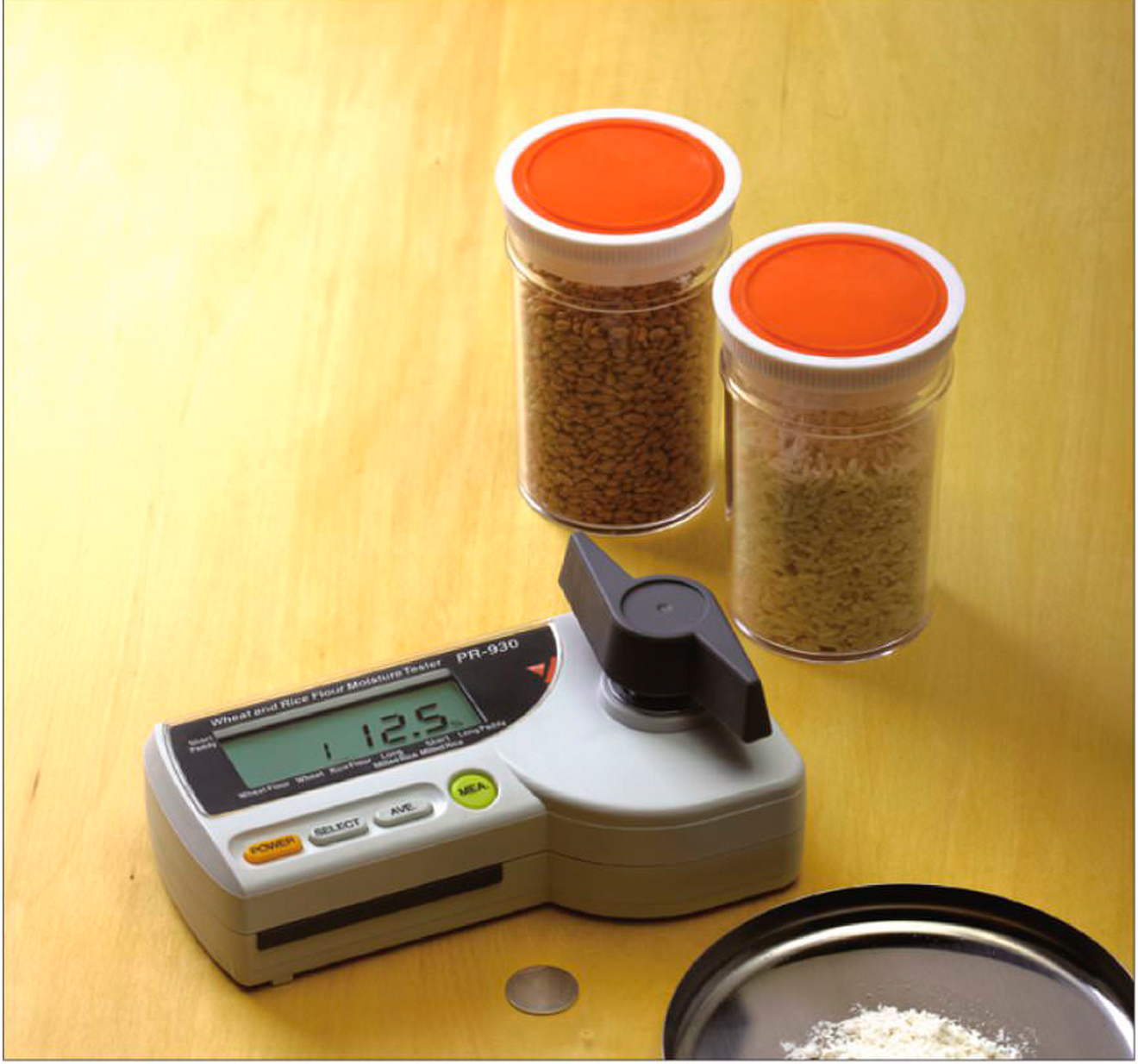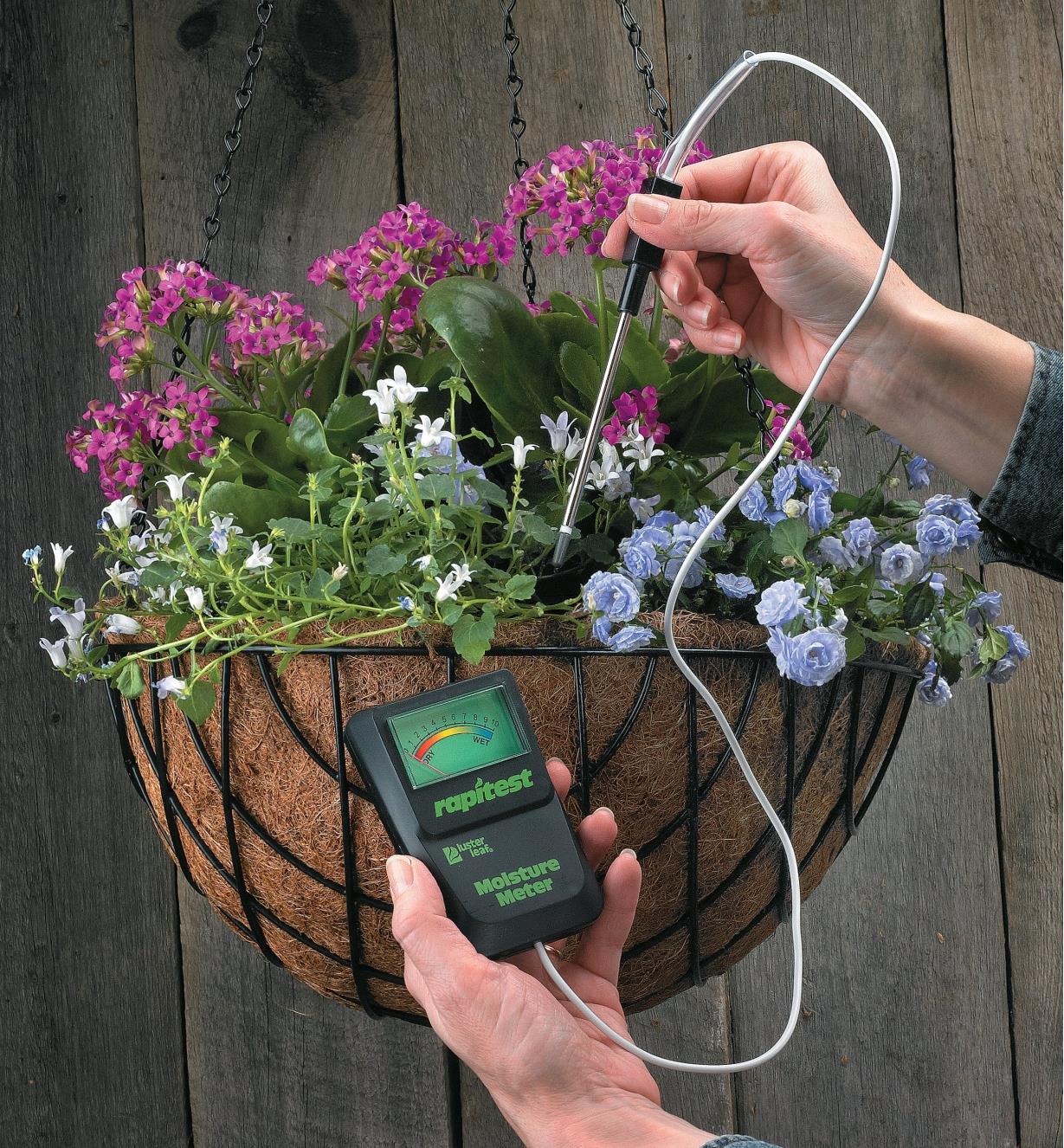Just How a Moisture Meter Can Aid You Preserve Optimum Problems in Your Home or Office
Explore the Globe of Wetness Meters: Every Little Thing You Need to Know
In the world of dampness meters exists a world of accuracy and usefulness that typically goes unnoticed. These tools, while seemingly simple, hold a riches of info that can substantially influence various markets and applications. Recognizing just how moisture meters operate, the various kinds offered, and their diverse usages can clarify their value in guaranteeing top quality and efficiency. By exploring the intricacies of moisture meters, one can reveal a beneficial device that transcends simple dimension, supplying understandings that can make a significant distinction in various areas.
Exactly How Moisture Meters Job
Wetness meters run by measuring the electric conductivity or capacitance of products to figure out the moisture web content present - Moisture Meter. These meters are invaluable tools throughout different industries, consisting of woodworking, construction, and farming. By utilizing different approaches such as pin-type or pinless innovation, moisture meters supply exact analyses that help professionals make notified decisions
Pin-type wetness meters function by placing the sharp pins into the material being checked. The electric conductivity between the pins is then determined, with greater dampness levels causing raised conductivity. On the other hand, pinless moisture meters utilize electro-magnetic signals to check a bigger location without causing any damages to the product's surface area. These meters are perfect for rapidly examining dampness levels in big areas or completed products.
No matter the method used, moisture meters play a crucial role in protecting against problems such as mold and mildew growth, architectural damage, or product problems triggered by excess moisture. Understanding how these meters job is essential for ensuring the top quality and honesty of products in different applications.
Kinds Of Dampness Meters
Offered the important function dampness meters play in different industries, it is essential to recognize the different kinds offered to professionals for precisely evaluating dampness levels. There are primarily 2 main kinds of moisture meters: pinless and pin-type moisture meters.
Pin-type dampness meters utilize 2 pins that are inserted right into the material being checked to measure the electric resistance in between them. This technique is commonly utilized for timber, drywall, and other structure materials. Pin-type meters supply accurate analyses at specific midsts, making them ideal for determining dampness gradients.
On the various other hand, pinless dampness meters use electro-magnetic sensor plates to scan a larger location of the product without causing any type of damages. This type appropriates for swiftly scanning huge areas and is typically made use of for flooring, walls, and ceilings. Pinless meters are practical for taking analyses on completed surfaces without leaving any type of noticeable marks.
Both kinds of moisture meters have their advantages and are selected based upon the details requirements of the task available. Recognizing the distinctions between these types is important for specialists to make exact moisture assessments.
Applications Across Industries
With diverse performances, dampness meters locate widespread application across various industries, aiding experts in guaranteeing optimal problems for products and structures. In the farming market, moisture meters are vital for determining the dampness web content in grains, seeds, and hay, making certain top quality control and stopping mold and mildew development. Construction specialists rely on wetness meters to examine the dampness degrees in building products like drywall, timber, and concrete, which is vital for keeping structural stability and avoiding issues like rot or mold and mildew. The floor covering market uses dampness meters to determine the wetness content in subfloors prior to mounting different floor treatments, stopping expensive damages as a result of excess wetness. Furthermore, in the food industry, dampness meters are made use of to keep an eye on and manage moisture levels in items such as grains, nuts, and dried fruits to maintain quality and top quality. Furthermore, moisture meters play an essential function in the restoration and damages evaluation industry by aiding experts address and determine water damage in structures immediately. Across these varied industries, dampness meters are vital tools for ensuring the high quality, safety and security, and durability of numerous materials and products.
Tips for Using Moisture Meters
When determining the dampness web content in various materials,Use the dampness meter's calibration settings to make sure accurate readings. Calibration is essential for the correct functioning of a dampness meter. Before each use, it is suggested to check and readjust the calibration settings according to the specific material being evaluated. In addition, make certain the meter is established to the proper dampness variety for the material you are measuring to acquire the most exact outcomes.

When utilizing a pin-type wetness meter, insert the pins to the suitable depth advised for the product being checked. This makes sure that the wetness readings are taken from Your Domain Name the correct deepness within the product, supplying a much more accurate depiction of its dampness material. For pinless moisture meters, remember to keep appropriate contact with the product's surface area to get reputable readings.

Regularly examine and replace the batteries in your dampness meter to avoid incorrect analyses due to reduced power. Store the meter in a completely dry and safe area when not in use to lengthen its lifespan and preserve its accuracy. By adhering to these suggestions, you can make the most of the efficiency of your moisture meter and acquire specific moisture material dimensions across different products.

Upkeep and Calibration
To guarantee the precision of wetness material dimensions, regular upkeep and calibration of the moisture meter are essential actions in its correct functioning. Upkeep involves maintaining the moisture meter totally free and tidy from debris that might influence its readings. It is vital to follow the maker's guidelines for cleaning up to avoid damage to the gadget. In addition, regular calibration is needed to validate the accuracy of the readings. Calibration readjusts the dampness meter to guarantee that it supplies trusted and constant outcomes.
Calibration should be done regularly, particularly if the wetness meter is utilized regularly or in crucial applications where specific measurements are needed. By keeping and calibrating the wetness meter regularly, individuals can rely on the accuracy of the wetness material measurements obtained.
Verdict
To conclude, dampness meters play an essential duty in different sectors by accurately measuring the moisture web content of materials. Understanding how these tools function, the different types offered, and proper maintenance and calibration are important for acquiring reputable results. Whether in farming, building, or manufacturing, using moisture meters aids ensure quality assurance and performance in processes.
Construction professionals depend on dampness meters to evaluate the dampness levels in structure products like drywall, wood, and concrete, which is critical for maintaining architectural honesty and preventing concerns like rot or mold and mildew. The flooring sector uses dampness meters to determine the wetness content in subfloors prior to setting up numerous floor treatments, protecting against costly problems due to excess wetness.Utilize the wetness meter's calibration setups try this web-site to make certain exact analyses when determining the moisture content in various materials. By adhering to these pointers, you can make best use of the performance of your moisture meter and acquire specific dampness web content dimensions throughout Continued different materials.
In conclusion, dampness meters play an important duty in different sectors by properly measuring the dampness web content of products.